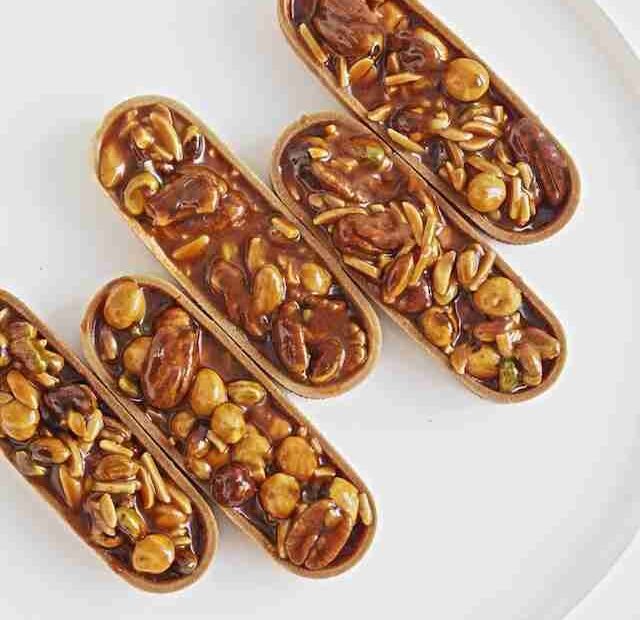Caramel color is a widely used food additive that is used to give a variety of foods a brown color. It is commonly found in soft drinks, baked goods, and even some savory products. However, with the rise of veganism, many people are questioning whether or not caramel color is vegan.
In this article, we will explore the origins of caramel color, its manufacturing process, and whether or not it is vegan.
What is Caramel Color?
Caramel color is a food coloring agent that is derived from the thermal treatment of carbohydrates such as sugars, corn syrup, or starches. It is used to give foods a brown color and is commonly used in a wide range of processed foods, including soft drinks, baked goods, and confectionery.
There are four types of caramel color that are used in the food industry, and they are classified based on their manufacturing process. The four types of caramel color are:
Class I – This type of caramel color is produced by heating a sugar compound in the presence of an acid or an alkali. It is often used in colas and other soft drinks.
Class II – Class II caramel color is produced by heating a sugar compound in the presence of an acid, an alkali, or both. It is often used in baked goods, sauces, and gravies.
Class III – This type of caramel color is produced by heating a sugar compound in the presence of an ammonia or an amine compound. It is often used in beers, soy sauce, and other savory products.
Class IV – Class IV caramel color is produced by heating a carbohydrate, usually corn syrup, in the presence of an acid. It is often used in baked goods, confectionery, and other sweet products.
Is Caramel Color Vegan?
The short answer is yes, caramel color is vegan. It is derived from plant-based sources, such as sugars and starches, and is not made from any animal products.
However, it is important to note that some caramel color manufacturers may use animal-derived additives, such as bone char, in their production process. Bone char is a byproduct of the meat industry and is used to filter impurities from sugar.
While bone char is not directly used in the production of caramel color, some manufacturers may use it in the refining process of the sugar used to make caramel color. Therefore, it is important to check with the manufacturer to ensure that their caramel color is free from animal-derived additives.
As with all food additives, it is important to read labels carefully and research the products we consume to make informed choices that align with our dietary preferences and beliefs. While caramel color is generally considered safe for consumption, some studies have linked it to negative health effects such as cancer and inflammation. As such, it is important to consume it in moderation and in accordance with regulatory guidelines.
In addition to being vegan, caramel color is also gluten-free, making it a suitable option for those with gluten sensitivities or celiac disease. However, it is important to note that some foods that contain caramel color may also contain gluten, so it is important to read labels carefully.
Alternatives to Caramel Color
For those who wish to avoid caramel color altogether, there are several alternatives available. Some of these alternatives include:
Annatto – Annatto is a natural food coloring that is derived from the seeds of the achiote tree. It is commonly used in cheese, butter, and other dairy products, as well as in baked goods, confectionery, and snacks.
Beet Juice – Beet juice is a natural food coloring that is derived from the juice of beets. It is commonly used in fruit juices, gelatin desserts, and other sweet products.
Turmeric – Turmeric is a spice that is commonly used in Indian and Middle Eastern cuisine. It has a bright yellow color and is often used as a natural food coloring in savory products such as mustard and curry.
Conclusion
In conclusion, caramel color is a food coloring agent that is derived from plant-based sources and is considered vegan. While some caramel color manufacturers may use animal-derived additives in their production process, it is important to check with the manufacturer to ensure that their caramel color is free from these additives.
For those who wish to avoid caramel color altogether, there are several alternatives available, including annatto, beet juice, and turmeric.
Overall, while caramel color is a commonly used food additive, it is important to be aware of its origins and potential additives in order to make informed decisions about the foods we consume. By doing so, we can make choices that align with our values and dietary preferences, while still enjoying the foods we love.

